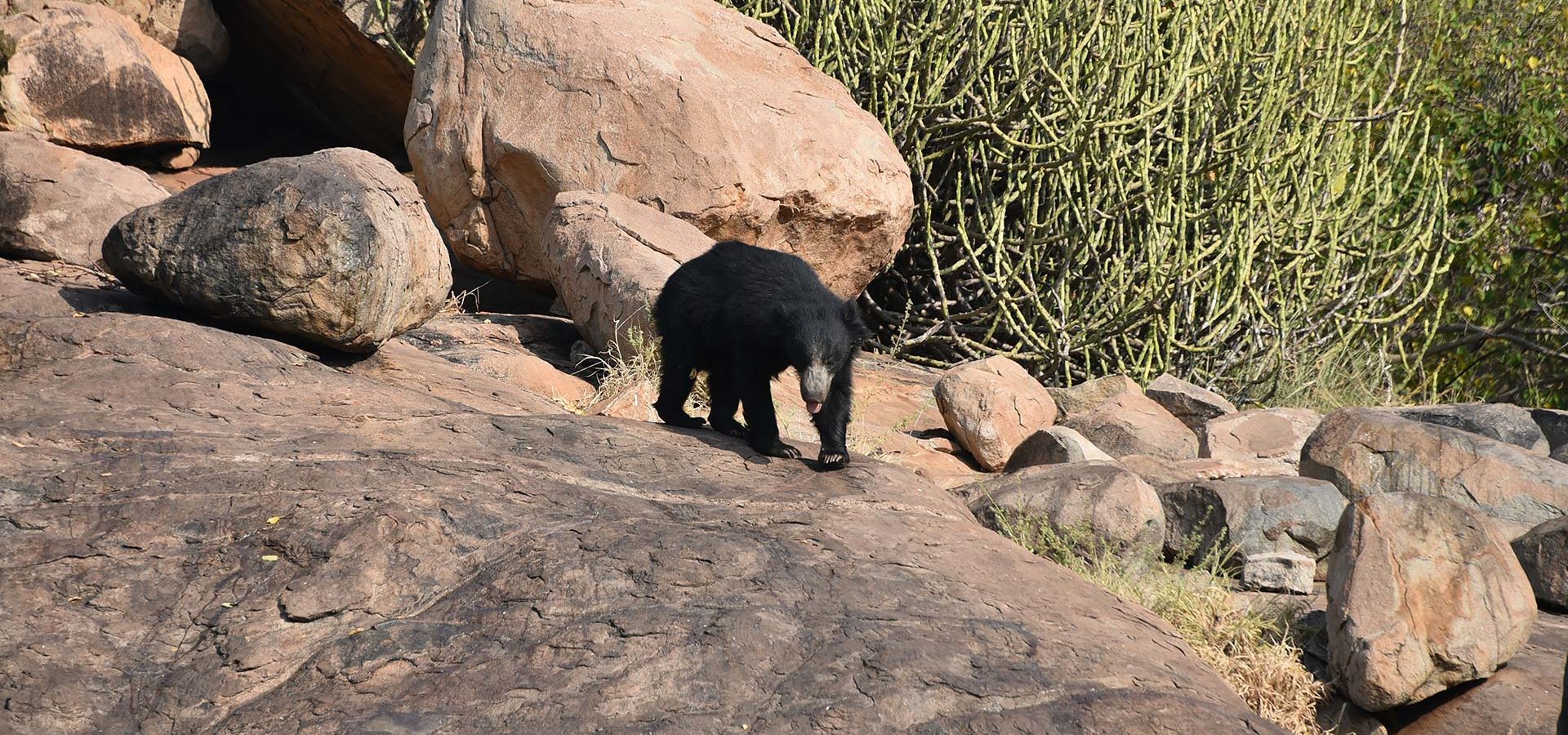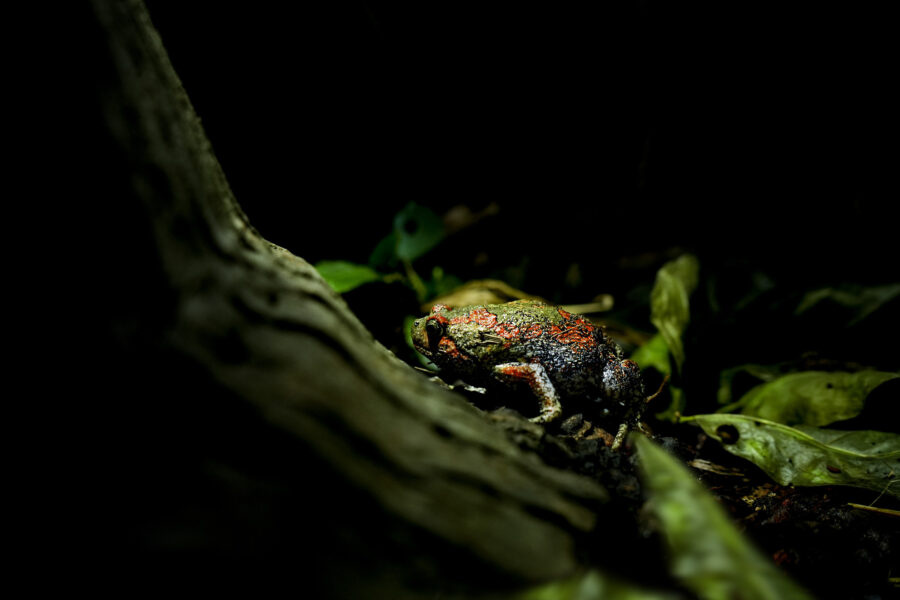From the inception of Wildlife SOS, the conservation and protection of sloth bears has been one of the organisation’s core objectives. Initially, our efforts focused on bringing an end to the inhumane ‘dancing’ bear practice in India, which exploited sloth bears for entertainment. For generations, sloth bear cubs were being poached from the forests, often after the mother was killed, to support this horrific centuries-old tradition. By some estimates, hundreds of bears were taken annually, which would have drastically impacted the wild populations. Ending this exploitation became a priority for us and we achieved this goal at the end of 2009. This was a major milestone for saving these bears, but there were other threats to their survival that had to be addressed. Further investigation was needed.
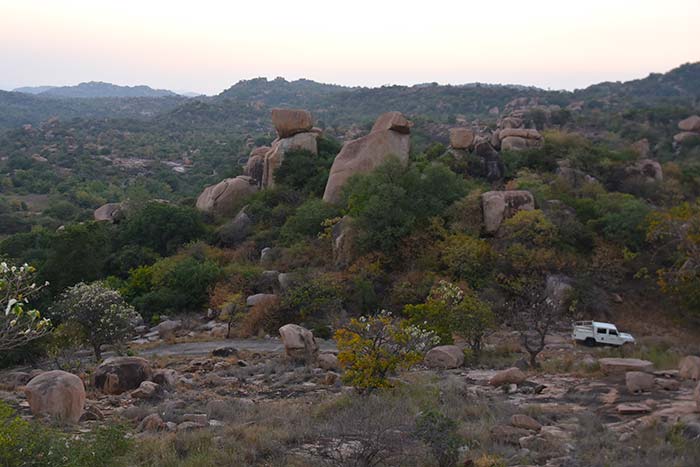
The poaching pressure on sloth bears was greatly reduced when baby cubs were no longer being trafficked to become ‘dancing’ bears. However, we clearly understood there was still much more research and work to be done to ensure a future for this unique bear. Habitat loss, ongoing poaching and retaliatory killings have also caused populations to decline across the bear’s range. Only found on the Indian Subcontinent, threats to their survival are complicated by the fact that sloth bears are one of the least studied species of bear, resulting in a dearth of information essential for their conservation.
.
“The research conducted in Arisikere is a perfect example of Wildlife SOS research supporting government initiatives to identify critical land for protecting wilderness and wildlife.“
.
Sloth bears need wild places to live which are undisturbed by human activity. In the state of Karnataka, we have a few good examples of how Wildlife SOS is working closely with the Forest Department to save bears. In India, a Sanctuary designation means that the natural area is protected for wildlife, often managed for a specific species. An officially designated Sloth Bear Sanctuary is a wild area with prime sloth bear habitat that is set aside and managed for sloth bear conservation. In the state of Karnataka alone, there are now three of these sanctuaries: Daroji, Gudekote, and Arasikere. Our presence and research in these areas has been instrumental in the designation of two of these sanctuaries, and informs ongoing management.
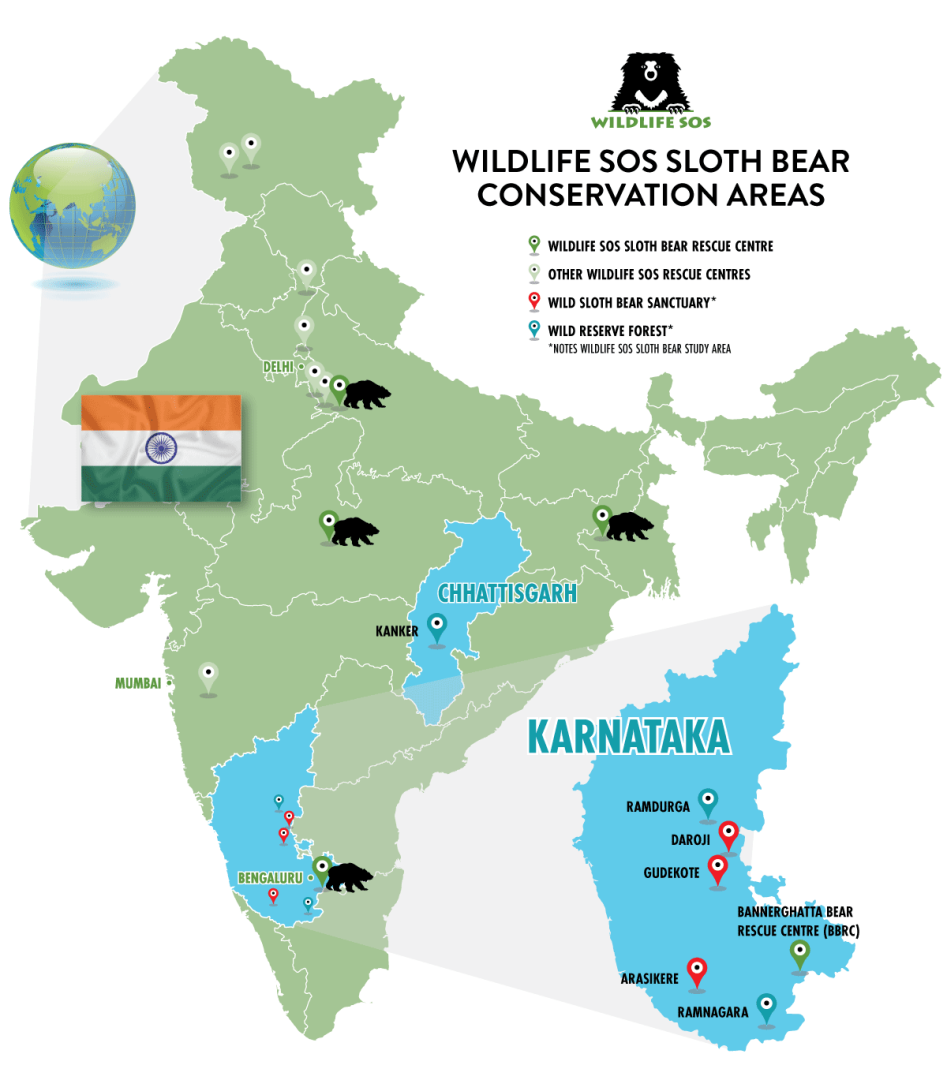
Daroji, established in 1994, was the first designated Wild Sloth Bear Sanctuary in India. And once established, has attracted wildlife tourists from around the world hoping to get a glimpse of the shy sloth bear – and most do! Gudekote was the second to be created in Karnataka. It is actually much larger than Daroji and has recently been expanded. Finally, the most recently designated Sloth Bear Sanctuary is Arasikere, properly known as the Hirekallugudda Sloth Bear Sanctuary.
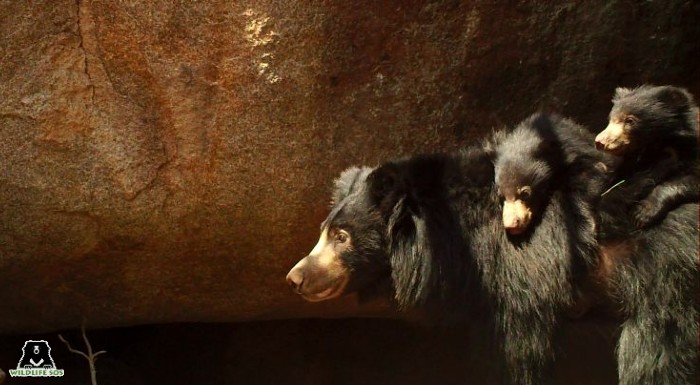
Arasikere receiving Sanctuary status is very exciting for Wildlife SOS because our ongoing sloth bear research, in partnership with the Karnataka Forest Department, was used to support the new designation. Arasikere was one of the research areas in our sloth bear denning study, in which we located resting and maternalsloth bear dens and studied denning behaviours. The area was also the location of an ongoing sloth bear density study, one of the few scientific sloth bear density studies conducted to date. Investing our time in this location provided essential scientific data that demonstrated the location was an ideal sloth bear habitat with healthy bear populations.
SHOW YOUR SUPPORT FOR WILD SLOTH BEARS
Take action by signing our declaration that you support the efforts to set aside more land for sloth bear protection.
SIGN OUR PETITIONAs a conservation organisation, we strongly believe scientific research should have direct, useful applications for conserving wildlife. The research conducted in Arisikere is a perfect example of Wildlife SOS research supporting government initiatives to identify critical land for protecting wilderness and wildlife. Now, sloth bears will always have this land to explore and raise their young.
World Sloth Bear Day is October 12. It is the third year that we are celebrating this day, and for 2024 we want to applaud the work being done to create more protected areas for these special bears to thrive. Sloth bears are a unique bear and roughly 90% of their remaining populations are found in India. Therefore, their ultimate survival mostly rests on what India can do to save critical places, like Arasikere, for these bears. Three sloth bear sanctuaries have already been created in the state of Karnataka alone. Our great hope is that the research we are doing can continue to provide critical data that will assist with designating more protected places throughout the Indian landscape.

